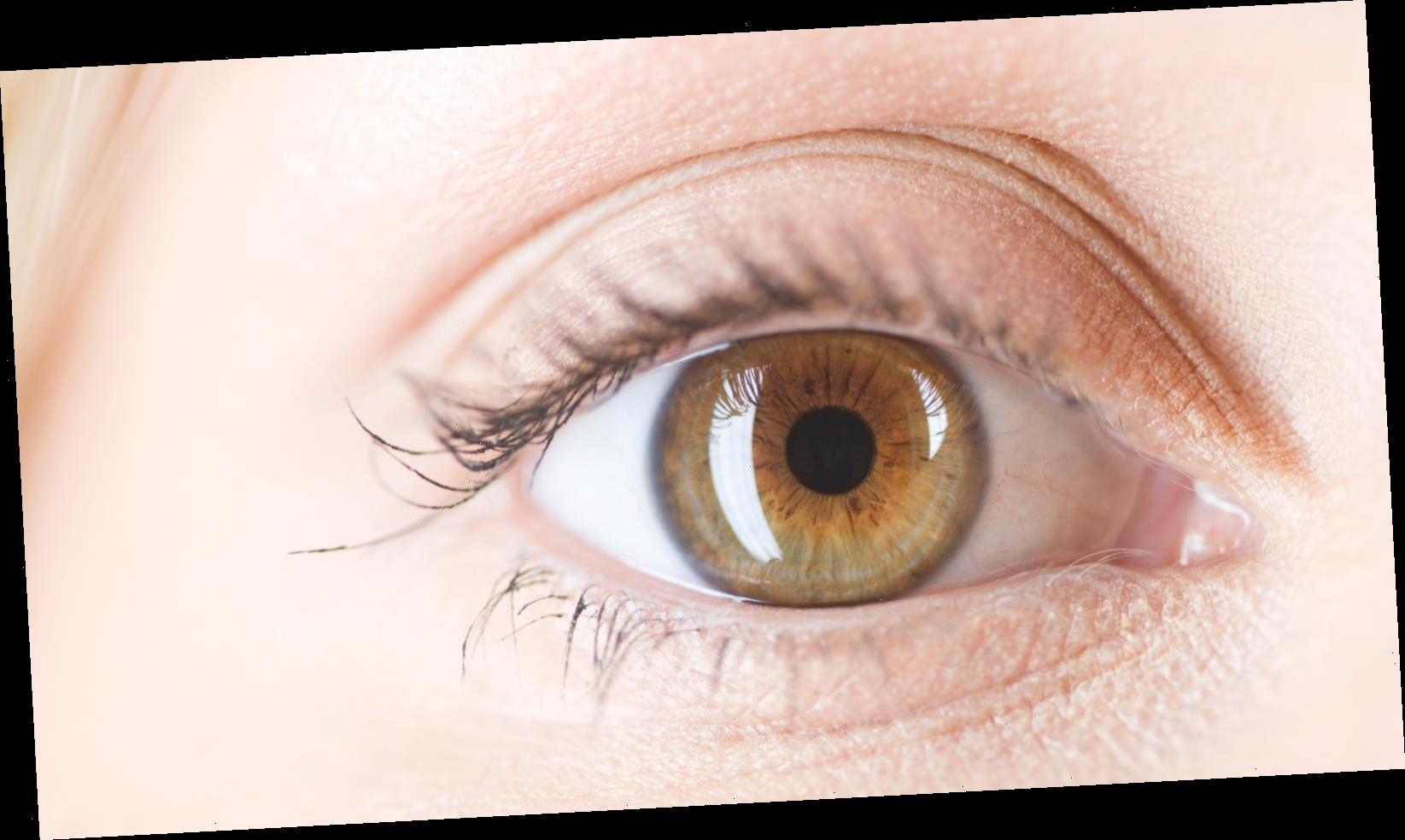
If you’re lucky enough to have hazel eyes, you’ve probably heard comments all your life about how, when you wear green, you suddenly appear to have shining emerald eyes, while other colors may make your eyes appear chocolate brown or eagle-eye gold. Maybe you’ve even mastered makeup looks to change your eye color at will. While genetics are of course the reason behind your eye color, the reason hazel eyes seem to change color has an altogether different type of scientific explanation.
While people with blue, brown, or green eyes usually seem to have monochrome irises, hazel eyes have several different colors distributed throughout the iris in different patterns, and so no two pairs of hazel eyes look the same, according to an article in Owlcation. The color patterns in hazel eyes start with a ring of color around the pupil. This ring is usually, but not always, some shade of brown. Then, as you move outward from the pupil, another ring of color will appear, followed by another in that burst-like pattern. Sometimes these colors are gold or green, or even amber or blue. As the Owlcation states, hazel eyes “may have a yellowish brown, dark brown or amber-brown surrounding the pupil.”
The science behind hazel eyes

Now here’s the crazy part: we just covered that hazel eyes have multiple different colors in them in a starburst pattern, yes? But what if we told you the only actual color in hazel eyes (or in eyes of any color, for that matter) is brown. What? We know, we know. Let us explain: melanin, the same thing responsible for the color of your skin, is responsible for the color of your eyes. And just like your skin, the more melanin there is, the darker your eyes will appear (Owlcation). So if there is only melanin (brown) in hazel eyes, how can they appear to be multiple different colors? This is thanks to the Tyndall effect, which is similar to the phenomenon makes both the ocean and the sky appear blue (via sciencedirect.com).
Basically, the way that light is scattered combined with the level of melanin in different parts of the eye determines the way hazel eyes appear. Where there is brown, there is an abundance of melanin, while gold, green, or amber have less melanin. And blue? blue actually has no melanin or pigment at all, but the way the light plays upon the eye and scatters makes that portion of the iris appear blue, the way the ocean and sky appear blue without actually containing pigment themselves.
Source: Read Full Article
